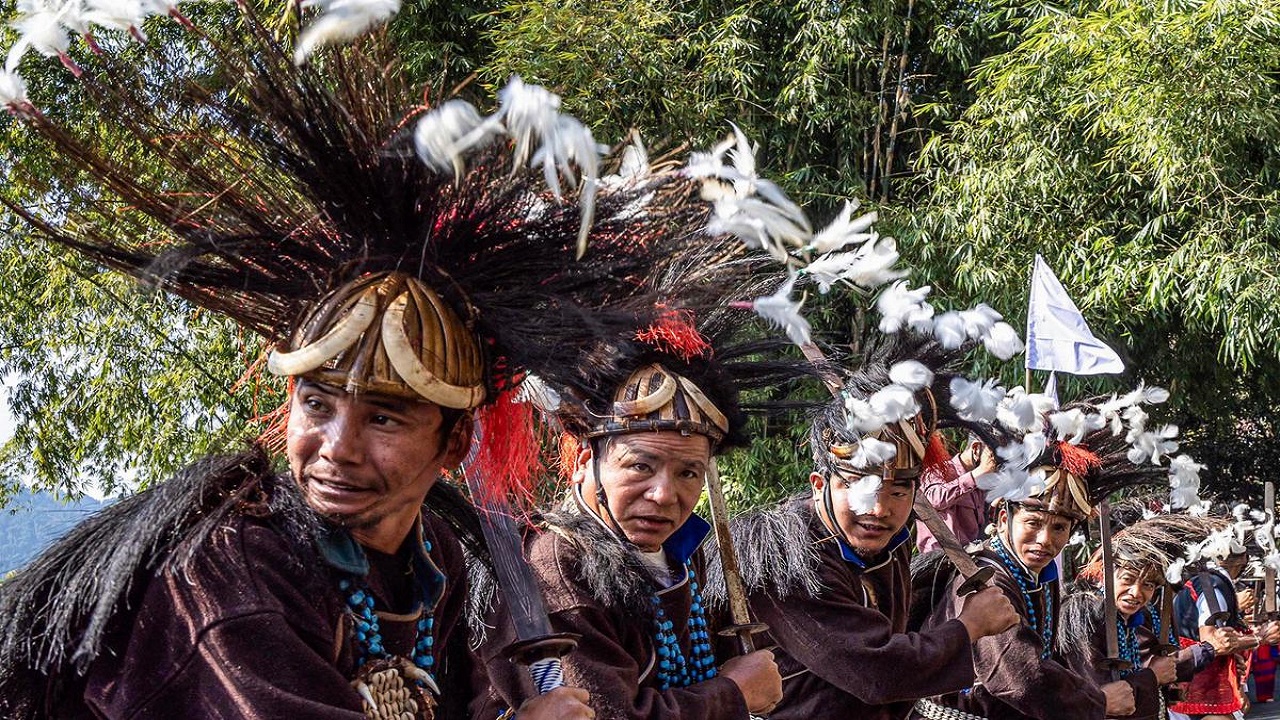Bringing Justice to Denotified Tribes: The Need for Classification and Support
Context
After three years of detailed research, the Anthropological Survey of India (AnSI) and Tribal Research Institutes (TRIs) have for the first time organized 268 denotified, semi-nomadic, and nomadic tribes across India into categories. This is a big step towards recognizing and understanding these communities, who have faced long-standing discrimination and neglect.
Historical Background and the Need for Classification
-
Denotified tribes were once wrongly labeled as "criminals" under the Criminal Tribes Act of 1924, a law that was removed in 1949. Even after this law was repealed, these tribes continued to suffer from social stigma and lack of recognition.
-
Over time, various commissions tried to solve this issue but failed to fully classify these tribes. Some of these were:
- Kaka Kalelkar Commission (1955)
- Mandal Commission (1980)
- Renke Commission (2008)
- Idate Commission (2017)
-
In 2017, the Idate Commission identified around 1,200 tribes, but 267 of them remained unclassified. As a result, the Indian government formed a Special Committee under NITI Aayog in 2019 to complete this classification.
Key Findings of the Study
-
268 communities classified: For the first time, these tribes have been carefully documented, giving them long-overdue recognition.
-
179 communities recommended for SC/ST/OBC inclusion: These communities are suggested to be added to the Scheduled Castes (SC), Scheduled Tribes (ST), or Other Backward Classes (OBC) categories, which will help them access reservations and government benefits.
-
63 communities untraceable: Some tribes could not be found, possibly because they have merged with other communities or moved to new areas.
Political and Legal Implications
The classification of these communities has led to debates about their reservation and special status, and it will affect laws and policies.
Impact on Reservation and Welfare Policies
By classifying these tribes, they could finally get access to key government benefits:
- Education: Scholarships and opportunities for higher education.
- Employment: Reserved jobs and career opportunities.
- Social Welfare: Support in areas like healthcare, housing, and more.
However, the issue has sparked political concerns:
-
Support for Inclusion in SC/ST/OBC Lists: Some believe these communities should be added to existing lists to help them get benefits like education, jobs, and welfare, while also giving them legal recognition.
-
Demand for a Separate Category: Others argue that denotified tribes should have their own separate category, as merging them with SC/ST/OBC groups might reduce the reservation benefits for others.
Challenges and Concerns
-
Political Controversies: Some activists in states like Uttar Pradesh, Haryana, Madhya Pradesh, and Gujarat are questioning how this classification might affect the existing reservation system, fearing it could hurt other disadvantaged groups.
-
Delays in Implementation: Despite the recommendations from different commissions over the years, the government has been slow to act, which has delayed benefits for these communities.
-
Historical Misclassification: Earlier census data wrongly categorized some tribes as castes, leading to confusion about their true identity.
Way Forward
The final report from AnSI and TRIs has been submitted to the Special Committee under NITI Aayog for review. The committee will soon prepare a final report for the government.
If the recommendations are accepted:
-
State governments will find it easier to add these tribes to reservation lists, allowing them to access more benefits.
-
New welfare policies could be created to help these tribes overcome socio-economic challenges.
-
The debate on creating a separate category for these tribes might become more prominent as the recommendations move forward.
Conclusion
The classification of denotified, semi-nomadic, and nomadic tribes is a crucial step in addressing past wrongs and giving these communities the chance to access government welfare programs. While the process is complicated and involves legal, political, and social challenges, the final decisions will shape the future of reservation policies in India and ensure these marginalized communities get the support they need.



.jpg)
Comments (0)